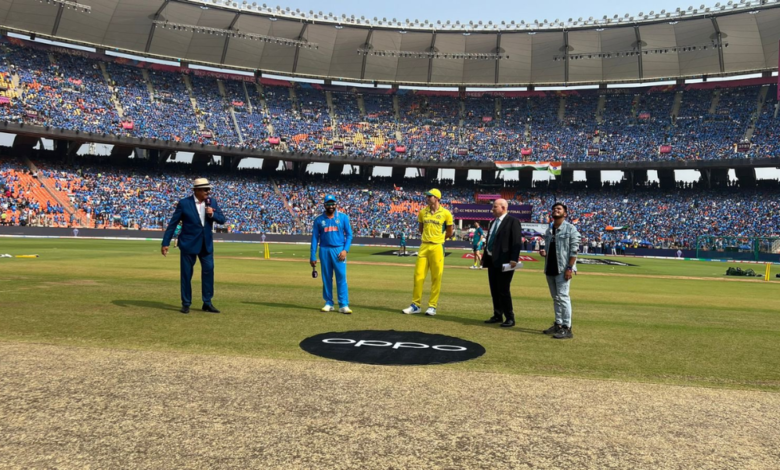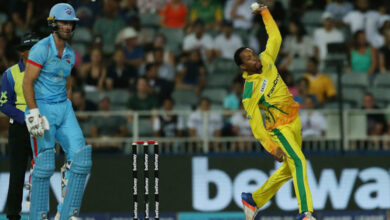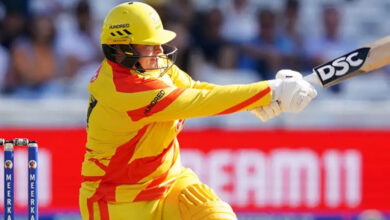ICC’s Innovative Approach: Stop Clock to Tackle Slow Over Rates in Cricket

In a groundbreaking move to address the issue of slow over rates, the International Cricket Council (ICC) has announced its intention to experiment with a stop clock between overs. According to sports news cricket, the new regulation aims to impose a penalty of five runs on the bowling side if they fail to start the new over within a minute, three times in a single innings.
Stop Clock Experiment in Men’s ODIs and T20Is
The ICC’s chief executives committee has given the green light to this innovative approach, which will be initially implemented in men’s One Day Internationals (ODIs) and Twenty20 Internationals (T20Is). This experimental phase is set to last for six months, commencing from December and concluding in April 2024. The first application of the stop clock will be witnessed in the upcoming three-match ODI series featuring West Indies and England, starting on December 3.
“The clock will be used to regulate the amount of time taken between overs. If the bowling team is not ready to bowl the next over within 60 seconds of the previous over being completed, a five-run penalty will be imposed the third time it happens in an innings,” stated the ICC in a media release.
This move follows the ICC’s introduction of an in-match penalty in 2022 for both men’s and women’s ODIs and T20Is, aiming to combat slow over rates. The existing playing conditions dictate that if the fielding team fails to commence the final over within the specified time, they are penalized by deducting one fielder from outside the 30-yard circle.
The mechanism involves the third umpire using a timer to regulate time, accounting for any stoppages, and relaying the information to the on-field match officials. The rule, initially introduced in T20Is in January, was later extended to ODIs during the World Cup Qualifiers in June-July of the same year. Teams failing to adhere to these regulations are not only subject to on-field penalties but also face monetary fines under the ICC’s playing conditions.
Drawing Inspiration from Other Sports
The concept of a stop clock is not entirely novel in the realm of sports. Tennis has successfully implemented a ‘shot clock,’ allowing players 25 seconds to prepare and serve between points. The idea of a ‘shot clock’ was proposed by the Marylebone Cricket Club’s (MCC) World Cricket Committee in 2018 as a solution to combat slow over rates across all three formats.
The MCC committee, featuring cricket luminaries such as Ricky Ponting, Sourav Ganguly, and Kumar Sangakkara, suggested that the ‘shot clock’ be utilized during the “dead time” in a game. Ponting clarified that the clock would not operate during an over but would ensure timely readiness at the end of an over and when a new batsman takes the crease.
The ICC’s decision to experiment with a stop clock reflects a commitment to maintaining the dynamism and excitement of the game. By addressing the perennial issue of slow over rates, cricket’s governing body aims to enhance the spectator experience and uphold the spirit of fair play.
If you liked what you read, kindly visit our home page for more latest sports news headlines.




